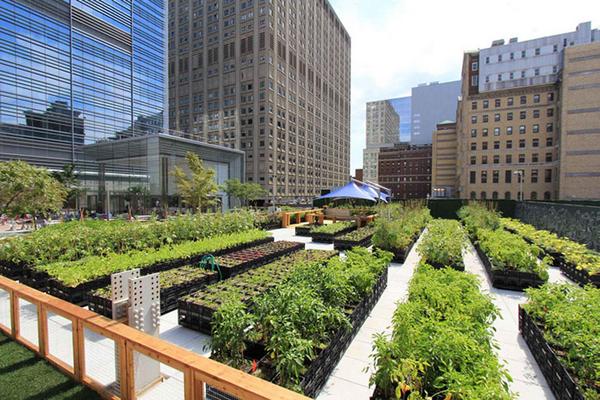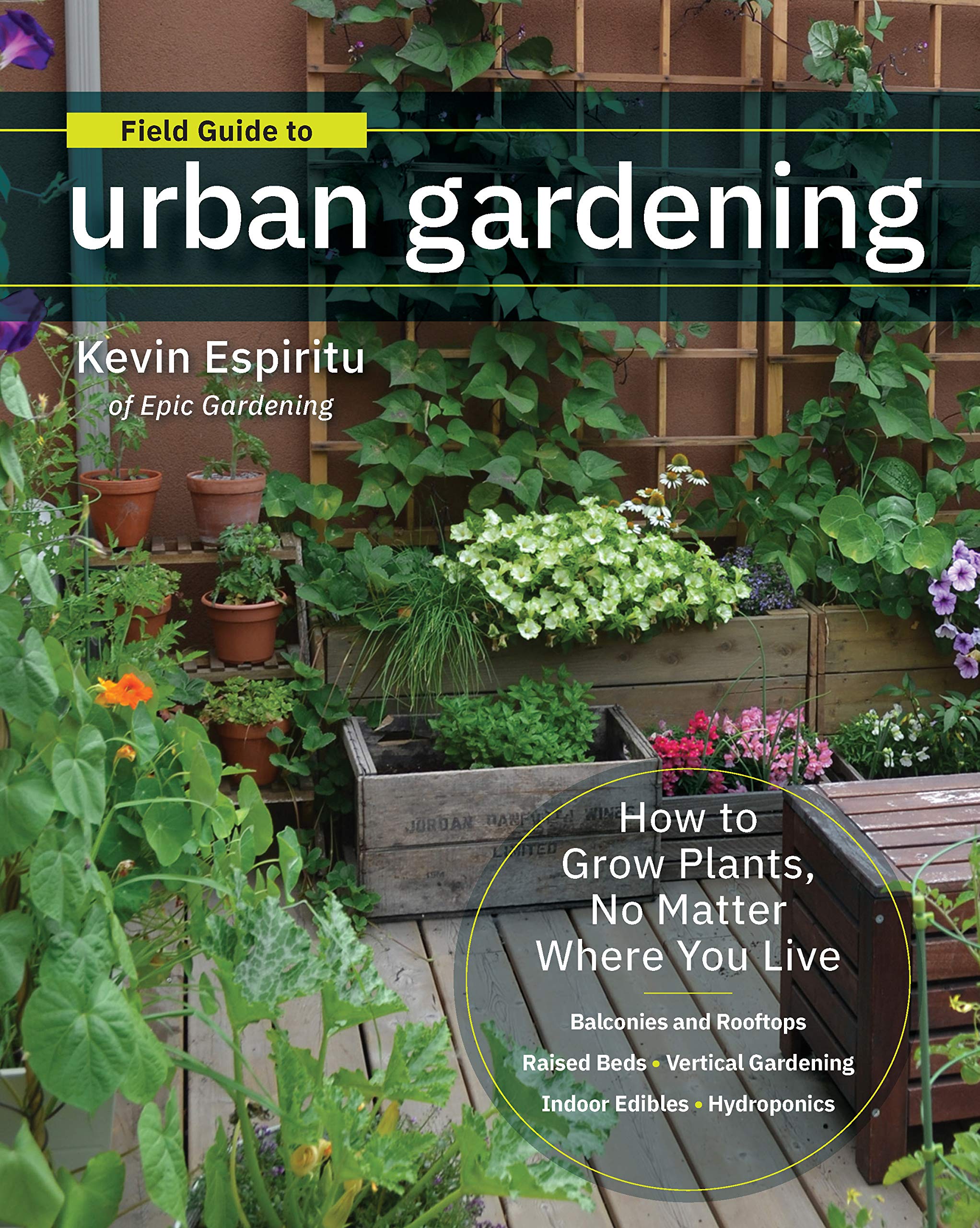10 Easy Facts About City Blooming Explained
8 Easy Facts About City Blooming Described
Table of ContentsCity Blooming Things To Know Before You BuyAll about City BloomingThe Basic Principles Of City Blooming How City Blooming can Save You Time, Stress, and Money.A Biased View of City Blooming
Urban gardens typically gain from warmer microclimates, enabling the growing of less durable plants such as palms and bamboo. https://sketchfab.com/cityblooming generally located in warmer areas. And as we have actually said, don't just select tiny plants; small metropolitan yards can take care of large plants and trees and selecting these over little picky shrubs will certainly make the room really feel larger and more amazingMake use of huge containers they do not dry as swiftly as smaller sized pots, so they are less function to maintain water. Choose hardscaping components for a metropolitan yard The organized lines, asymmetrical setup, and use of contrasting materials in this London-based Victorian balcony's garden design create a smooth connection with the style, making it show up as a natural extension of the overall visual.
Plant vertically Cover the walls in greenery, whether that be gorgeous climbers that ripple messily over your fence or something more had and modern like a living wall surface. Take advantage of a light well garden Whitewashed wall surfaces and light floor ceramic tiles transform it from a dark and run down area into an area you would certainly intend to hang out on a Sunday early morning with a cup of coffee.
The Ultimate Guide To City Blooming
IoT-based innovative gardening systems make it possible for remote surveillance and automation of horticulture processes. Urban farming applications and online sources give beneficial details, tips, and area support for city garden enthusiasts.
They have a mission to finish cravings in our generation by planting yards on extra land in cities. They use a variety of resources to assist people obtain included in metropolitan farming, consisting of educational materials, gardening tips, and an area forum.

Little Known Questions About City Blooming.
Urban Growth is a community-led business that collaborates with both communities and designers to create a healthier city. They are dedicated to sustainability, empowerment, and happiness, and they believe that everyone has the power to make a distinction. Urban gardening is an effective motion that brings nature back into the concrete jungle.
Katy began at Gardening Express with restricted knowledge of gardening, but under the mentorship of Chris Bonnett and the various other horticulture experts in the company, she now has over two years of experience in the gardening market. Katy has actually edited 300 articles on topics such as plant care, yard designs, yard layout, and maintenance.
Katy's mission is to help beginners and seasoned gardeners alike create and enjoy their very own welcoming exterior areas effortlessly.
Community gardens are semi-public areas shared by a community of neighbors and various other people where they jointly take part in expanding fruits, vegetables, or blossoms, sharing labor and harvest. It's excellent to obtain associated with these sustainable projects as they're equally beneficial for you, the community, and the atmosphere. Area yards are discovered in areas, however can also be produced in colleges, domestic lands, or establishments, such as hospitals.
City Blooming Can Be Fun For Everyone
A few of the ecological advantages of community yards consist of: Remediation of uninhabited land and environments by repurposing themProduction and urban gardening upgrading of water seepage and various other ecosystem servicesPromotion of biodiversity by planting native plantsEducating the area about horticulture, urban farming, and their benefitsReduction of food transport reducing air pollutionPromotion of sustainable agriculture practicesFostering social inclusionThe above ecological advantages reveal the general relevance of neighborhood yards and their payment to offering habitat for organisms and food to the citizens, getting rid of food insecurity.
Area yards contribute to achieving these goals as they come to all no matter of class, age, gender, education and learning, occupation, etc, and play a huge function in elevating awareness and understanding concerning gardening and urban farming among the people. Neighborhood gardens highlight a demand for city residents to go back to nature.

Plus, it eliminates food insecurity in communities which is a worthy goal. Working in a shared garden enables a return to true values.
Our City Blooming PDFs
A few of the environmental advantages of neighborhood gardens consist of: Reconstruction of uninhabited land and environments by repurposing themProduction and upgrading of water seepage and various other community servicesPromotion of biodiversity by planting indigenous plantsEducating the community concerning horticulture, urban farming, and their benefitsReduction of food transport lessening air pollutionPromotion of lasting agriculture practicesFostering social inclusionThe over environmental advantages show the total value of community yards and their contribution to providing environment for organisms and food to the citizens, getting rid of food instability.
Neighborhood yards contribute to attaining these goals as they come to all no matter class, age, gender, education, occupation, and so on, and play a significant role in increasing awareness and understanding concerning gardening and metropolitan farming among the residents. Area gardens highlight a demand for city dwellers to return to nature.
A means to get closer to nature by complying with environmentalist valuesSpaces of social diversity where conviviality and exchanges aboundPlaces that advertise the assimilation of disadvantaged teams or individuals with disabilities into the social fabricA method to enhance your living setting (for individuals staying in apartment or condos and having little environment-friendly room at their disposal)A location of community amusement, to hold cultural events and outside partiesThe possibility to expand vegetables, fruits, and herbs at low costAn possibility to relocate and work out in the fresh air by committing a couple of hours a week to gardening and maintaining your garden plotThe chance to share and exchange with various other individuals items from the harvestOpportunities to elevate understanding and enlighten individuals about environmental respect through methods such as composting, organic gardening, rainwater harvesting, etc.
Having expanded vegetables and fruits will strongly urge you to eat even more of them, which is not minimal for your way of life and health and wellness. And also, it eliminates food instability in areas which is a noble goal. Working in a shared yard enables a go back to real worths. The advancement of the consumer culture, the lack of time, and several other factors lead us increasingly more towards buying products in shops.